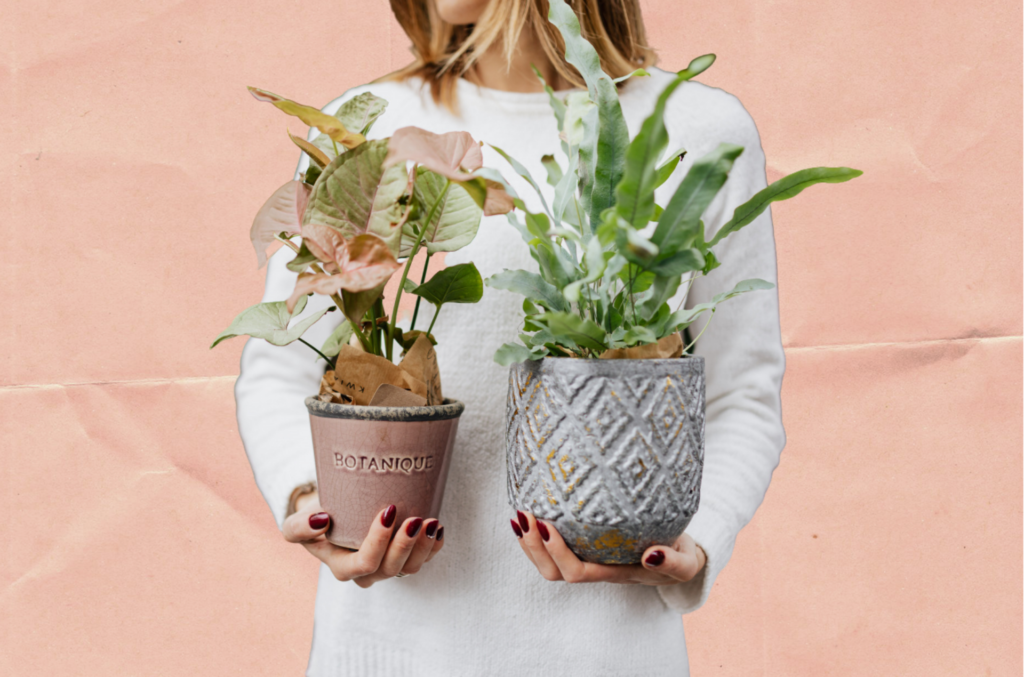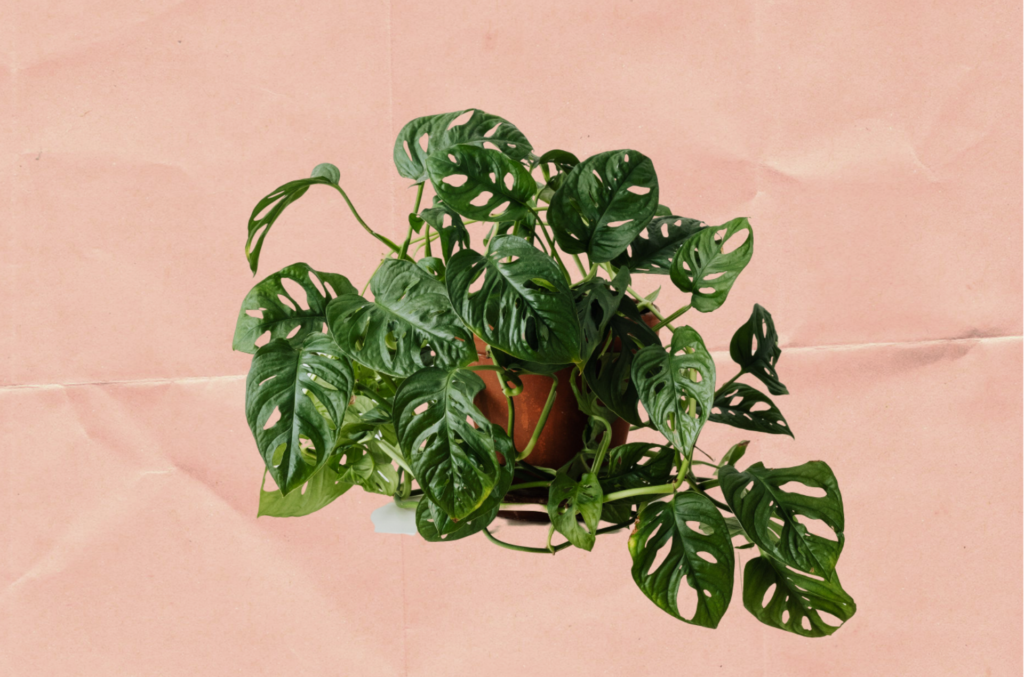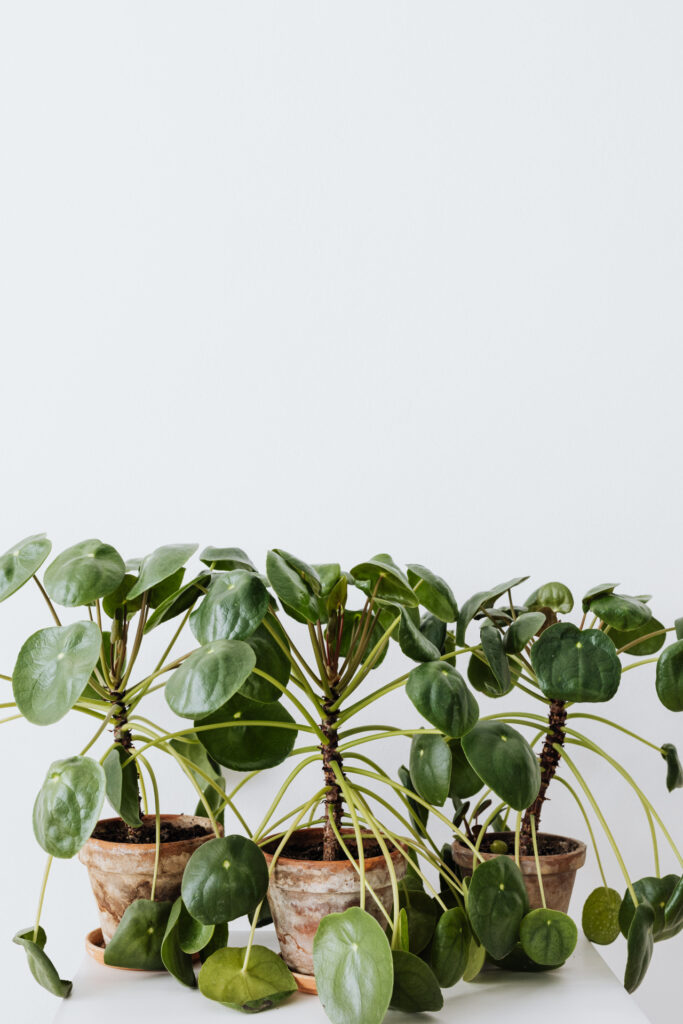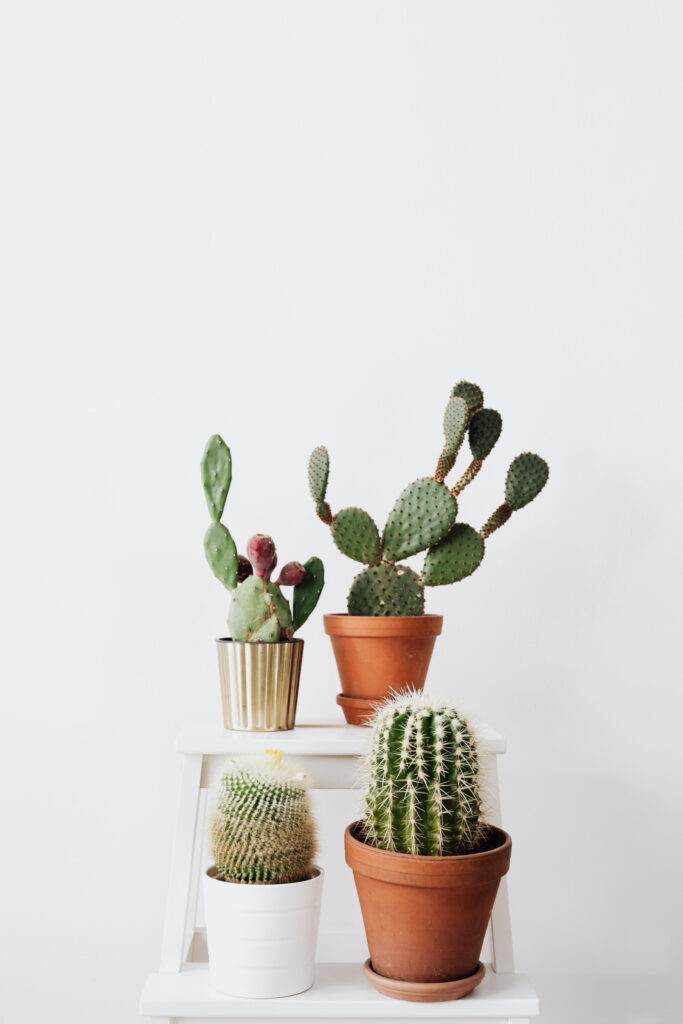
Ideal for those people who can’t keep a green thing breathing.
During lockdown many of us have turned to houseplants for a little bit of solace, bringing the outside in and evoking the soothing nature of, erm, nature at home. Indeed, The Royal Horticultural society reports a huge rise (by a third) in houseplant sales as people in the UK turn to indoor gardening during lockdown.
Nick Woodward, Head of Lettings at Essential Living explains that houseplants are a great way to create a relaxing and mindful environment. As such, not only do they have a positive impact on mental wellbeing, they also help improve concentration – something that’s been handy while we’ve all been working from home and resisting the urge to look in the fridge for the zillionth time.
If you’re now returning to work and are worried about who’s going to take care of your indoor garden while you’re gone, then fear not. With the help of the apartment retail experts at Essential Living, here are 7 simple steps to keep your houseplants alive for longer.
THE CORRECT AMOUNT OF WATER
When returning to work and leaving the house for longer stretches than you and your plants have recently been used to, an obvious solution to keeping your plants hydrated might be to overcompensate and overwater. But doing this can potentially damage the plant’s roots, prevent growth and in some instances, actually kill them. As an alternative we suggest your soil is moist, but not wet.
If your plant leaves begin to turn brown and wilt, this is a clear sign of over watering. Though different plants require different levels of hydration, as a general rule, to check your plant’s hydration level, place your finger into the soil – if there is a lot of soil sticking to your finger, then the plant doesn’t need watering and if there is no soil on your finger, this suggests your plant needs more water. Simple!
CHOOSE A PLANT THAT’S EASY TO CARE FOR
If you are yet to pick the perfect plant for your home, and have experienced disappointing results so far, then choosing a plant that requires minimal effect is the best solution. There are a large variety of indoor plants that don’t need regular attention, for example the snake plant and spider plant, or succulents such as aloe vera or a jade plant. Find an indoor plant to match your busy work schedule and you might see great longevity in your green leafed companions.
REMEMBER TO CLEAN YOUR HOUSEPLANTS
On return to work you may find yourself with a lot less time to focus on your plants. As such, they may even begin to catch dust. That isn’t only an aesthetic threat. Dust on your plants prevents sunlight from reaching them, which will have an impact on growth.
Using a damp cloth or fluffy duster, clean your plant leaves once a month but remember to be extra cautious, you don’t want to damage the leaves through being heavy handed.

PROVIDING THE RIGHT HOME TEMPERATURE
You may find that when returning to work the temperature of your home may alter, without heating systems on, drying the air, or without windows open keeping things cooler. In general, although most indoor plants prefer slightly warmer surroundings, excessive heat or cold can cause plant leaves to dry up and go brown.
An easy way to increase the humidity for your plant is to create a pebble tray. Add clean pebbles into a shallow water-filled tray and place your plant on top, and the water will gradually evaporate around the plant. Ensure that you never leave your greenery on or near a heated radiator!
FIND THE PERFECT PLANT LOCATION & KEEP IT
You may be worrying about the exposure to sunlight your indoor plant is going to get with you at work all day, unable to move the pot around to catch the sun’s rays at optimum, changing positions. Don’t worry; plants have the ability to acclimate themselves to their surroundings, meaning it’s actually better for them that you don’t move them around so much. That said, each plant classification is different, so research your chosen plant carefully to find their ideal living environment.

AVOID USING COMMON FERTILISERS
While you’re working and have less time to care for your indoor plants, it’s best to keep them growing as slowly as possible. Fertilisers increase the growth speed of your indoor plants, sometimes at an unmanageable pace. Best, then, to lay off the fertiliser if possible.
Should you want to see results fast, then consider creating a makeshift greenhouse by watering your plant thoroughly and covering your plant with a clear plastic back with holes in for circulation.
REDUCE THE PLANT’S EXPOSURE TO LIGHT
Try moving your plants away from windows and direct sunlight when you leave for work each day, so that photosynthesise is reduced and the plant will require less moisture in the long run. That said, it’s not a good idea to move your indoor plant into a dark corner; just a little back from the window is fine. A great location to store your plants in a bathroom, as it provides humidity and moisture for your plant.







